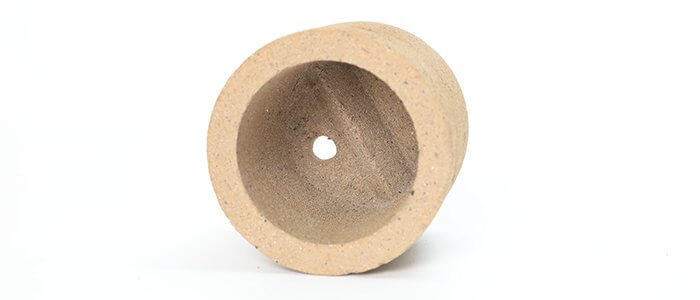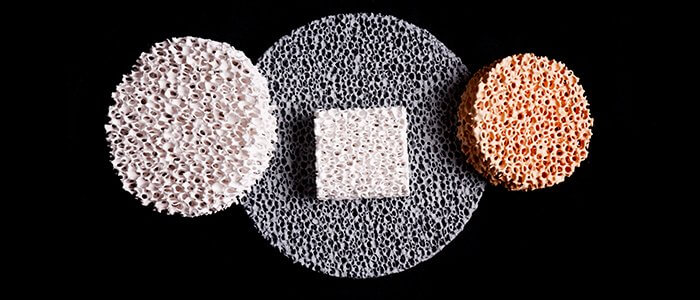In the world of metal casting, where precision and quality are paramount, manufacturers continuously seek innovative methods to ensure the production of flawless metal components. Two such techniques that have revolutionized the industry are the use of riser sleeves and ceramic foam filters. These seemingly unassuming tools play a pivotal role in enhancing the quality and integrity of cast metals, working in harmony to eliminate defects and deliver exceptional results.
Riser Sleeves: The Backbone of Solidification Control
Riser sleeves, often simply referred to as risers, are indispensable components in the realm of metal casting. Their primary function is to combat shrinkage defects during the solidification process of molten metals. When a metal alloy cools and solidifies, it undergoes a decrease in volume. This shrinkage can lead to voids, porosity, or other defects within the cast material, compromising its structural integrity.
Risers operate on a simple principle: They act as reservoirs of molten metal that can compensate for the volume reduction that occurs as the main casting solidifies. By providing additional liquid metal to the casting as it cools, risers ensure that the final product is free from internal defects caused by shrinkage. They can be broadly categorized into two types: open risers, which are exposed to the atmosphere, and blind risers, which are not. The choice between these types depends on the casting design and the material being used.

Ceramic Foam Filters: Elevating Casting Purity
Ceramic foam filters, on the other hand, address a different aspect of metal casting quality – the elimination of impurities. During the melting process, various contaminants, such as oxides, slag, and non-metallic particles, can infiltrate the molten metal. When these impurities are not removed, they can lead to defects in the final casting, reducing its mechanical properties and overall quality.
Ceramic foam filters are designed to combat this issue. These filters are made from high-temperature-resistant ceramic materials, formed into a porous structure resembling a sponge. When placed in the gating system of a casting mold, ceramic foam filters effectively trap and remove impurities from the molten metal as it flows through the filter. The result is a cleaner and more homogeneous metal solution that contributes to the overall quality of the final product.

The Synergy of Riser Sleeves and Ceramic Foam Filters
While riser sleeves and ceramic foam filters address different aspects of metal casting quality, they often work in tandem to deliver superior results. Here’s how their synergy enhances the overall casting process:
Defect Prevention: Riser sleeves prevent shrinkage-related defects by providing additional liquid metal to the casting as it solidifies. Meanwhile, ceramic foam filters remove impurities that could potentially cause defects. The combination of both techniques minimizes the chances of defects occurring in the first place, leading to a higher-quality final product.
Mechanical Properties: Both risers and ceramic foam filters contribute to improved mechanical properties of the casting. By preventing porosity and impurity-induced weaknesses, the resulting cast metal exhibits better strength, durability, and performance.
Cost Efficiency: While both techniques add an initial cost to the casting process, they lead to significant cost savings in the long run. Fewer defects mean less material wastage, reduced rework, and fewer rejected parts, ultimately improving the cost-effectiveness of the casting operation.
Consistency: The combination of riser sleeves and ceramic foam filters helps maintain consistency in casting quality. Consistent quality is crucial, especially in industries where components must meet strict standards and specifications.
In conclusion, the collaboration between riser sleeves and ceramic foam filters has transformed the metal casting landscape. These seemingly complementary techniques join forces to ensure the production of high-quality, defect-free cast metal components. As industries continue to demand precision and reliability, the synergy between these two tools proves to be an invaluable asset in the pursuit of excellence in metal casting.


